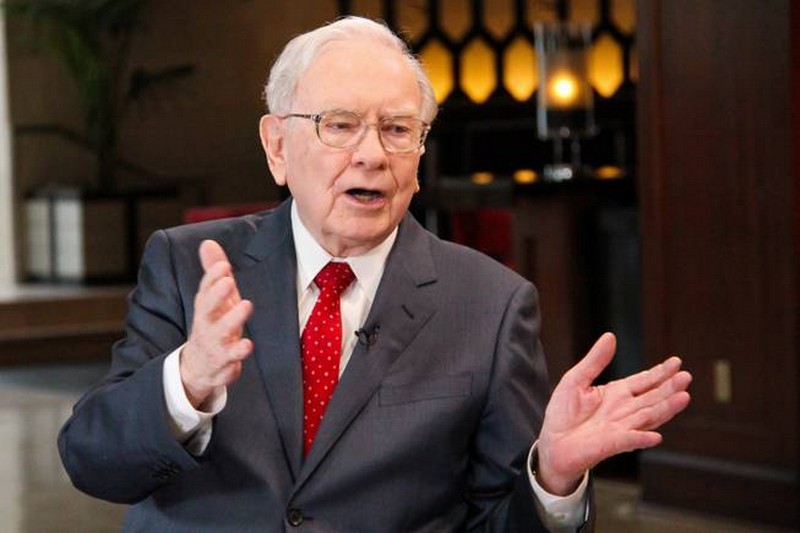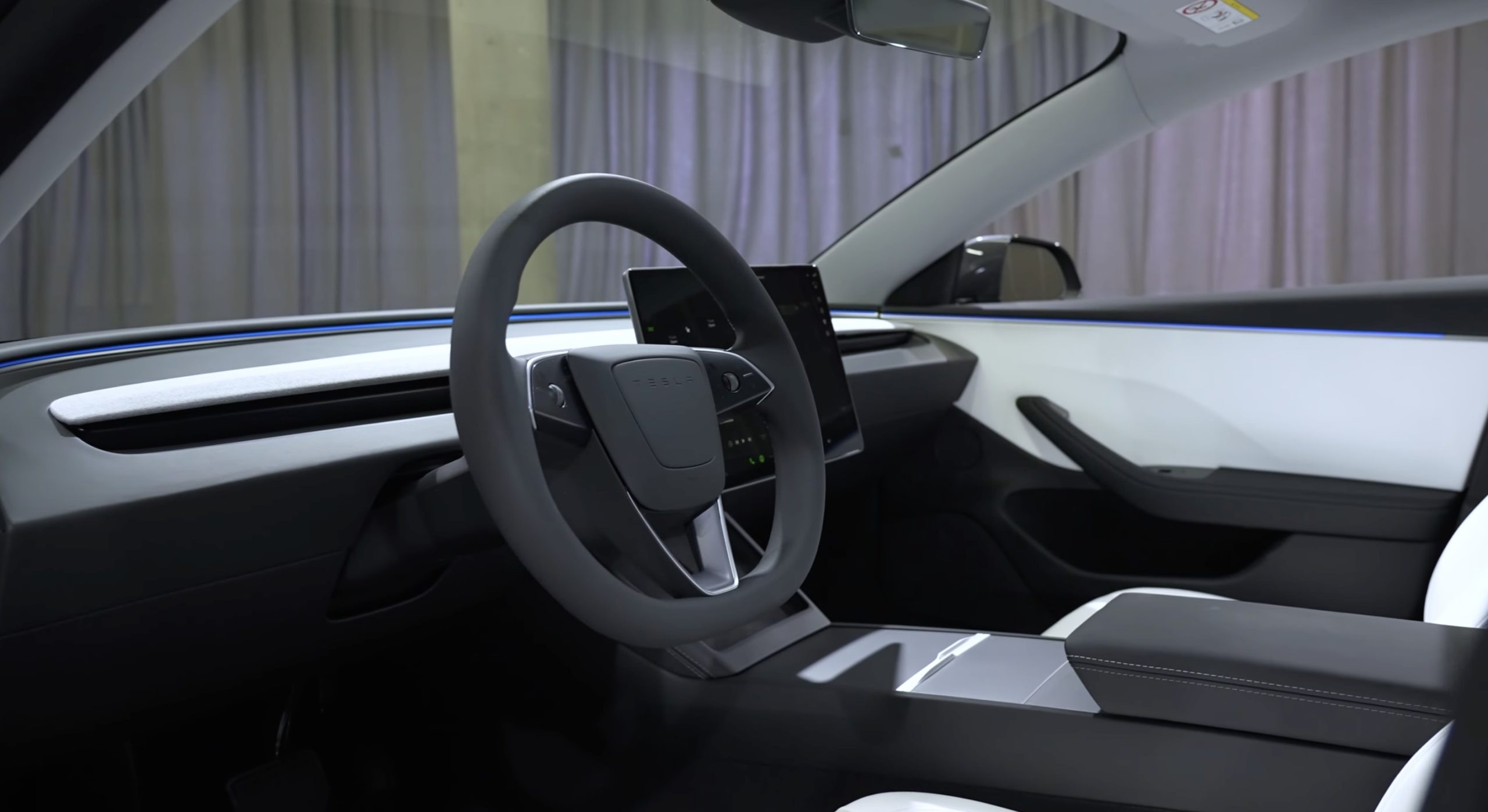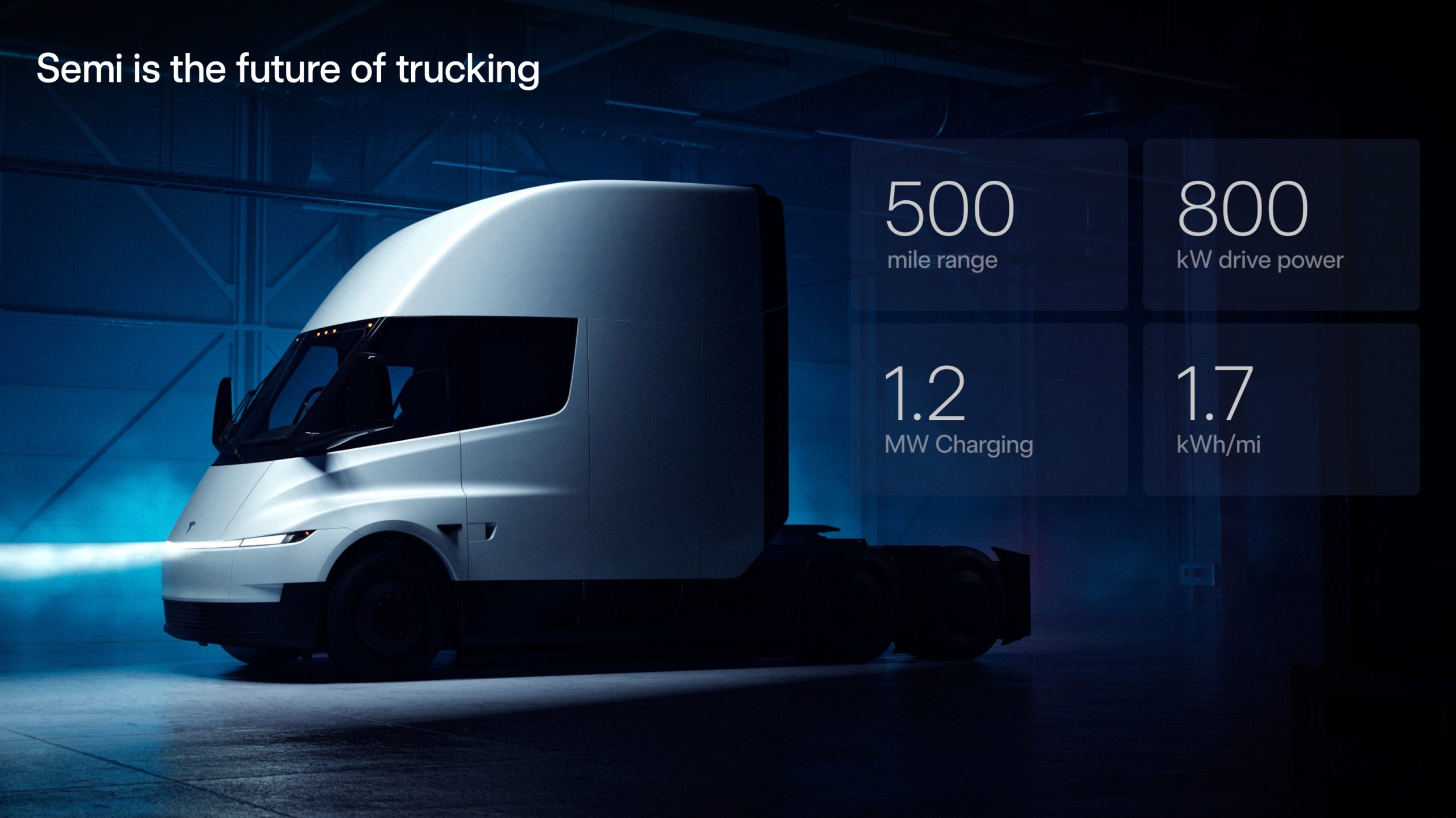News
Elon Musk and Warren Buffett Squabble Over Solar In Nevada
Warren Buffett’s Berkshire Hathaway owns NV Energy, the largest utility company in Nevada. NV Energy has recently pressured the Nevada PUC to slash the amount it must pay residential solar customers for electricity from rooftop solar arrays. Elon Musk is not happy.

Warren Buffett’s company Berkshire Hathaway owns NV Energy, Nevada’s largest electric utility. Part of Tesla Motors’ agreement with the State of Nevada regarding the Gigafactory is a provision that guarantees the factory to receive discounted electricity rates for 8 years. However that discount will result in a $1.50 per year increase to existing NV Energy customers, according to the Las Vegas Sun.
Elon Musk has a major role in SolarCity, the rooftop solar company that specializes in helping residential customers obtain rooftop solar systems for their homes. In Nevada, those homeowners were able to sell any excess electricity back to NV Energy through a process known as net metering. The reimbursement rate was set at 11 cents per kilowatt. That extra money helped fuel a boom in residential rooftop solar with SolarCity leading the way.
But recently, under heavy pressure from NV Energy, the Nevada Public Utilities commission slashed the rate to just 2.6 cents per kilowatt. The rooftop solar companies screamed that the move would eviscerate the residential solar industry in the state. SolarCity shut down its operation in Nevada and laid off hundreds of employees.
Warren Buffett told CNBC on Monday that it is ridiculous for NV Energy to pay rooftop solar customers 11 cents per kilowatt when the company’s base cost of electricity from conventional operations is just 5 cents per kilowatt. He says it is unfair for 1,000,000 customers who don’t have rooftop solar to subsidize the 17,000 or so who do. He says Elon Musk has called and spoken to him about the situation.
“He was unhappy,” Buffett said of Musk. Then he added, “He’s being subsidized with his battery plant big time.” Is that really true? The battery factory Buffett is referring to is the Tesla Gigafactory, which has been designed from the start to be net zero. That means it will generate more electricity every year than it uses. Net zero does not mean it will never draw power from the electrical grid. It means it will put more back into the grid than it uses over the course of a year. There is no information available on how the new rules from the Nevada Public Utilities commission may impact Tesla.
-->
In order to qualify for the subsidies, Tesla must prove it is hiring a certain percentage of Nevada natives to build and operate the Gigafactory. Tesla has agreed to provide money and other resources to expand schools, police, and fire services in the area. It is also acting as a magnet for other industries to move to what was previously an undeveloped desert.
Musk always likes to remind people that the $1.3 billion Tesla is receiving in incentives amount to only a small discount compared to the size of the economic benefits the project is conferring on the area. “It makes sense that if something is the biggest thing on Earth, it’s probably going to have incentives that are big in the absolute, but small in relative terms,” Musk says
Warren Buffett likes to say that Berkshire Hathaway is strongly committed to reducing global carbon emissions. But he, like the Koch Brothers, is heavily invested in fossil fuels. According to ThinkProgress, he wrote in his annual letter to investors recently, “Last year, BHE [Berkshire Hathaway Energy] made major commitments to the future development of renewables in support of the Paris Climate Change Conference.”
That may be true, but last year it also nearly doubled its position in Phillips 66 and boosted its investment in Suncor position by nearly seven million shares to 30 million shares, an investment now worth approximately $1.1 billion. Suncor is the Canadian company that seeks to develop the Alberta tar sands, the dirtiest source of petroleum on the planet.
Buffett may be one of the smartest investors in the history of the planet, but he is no leader on climate change issues the way Musk is. His letter to investors had this paragraph: "As a citizen, you may understandably find climate change keeping you up nights. As a homeowner in a low-lying area, you may wish to consider moving. But when you are thinking only as a shareholder of a major insurer, climate change should not be on your list of worries."
ThinkProgress labels coastal flooding as a potential trillion dollar liability. Berkshire Hathaway is one of the largest companies in flood insurance and therefore has a huge potential risk from rising sea levels.
Photo credit: CNBC

Elon Musk
Tesla CEO Elon Musk announces major update with texting and driving on FSD
“Depending on context of surrounding traffic, yes,” Musk said in regards to FSD v14.2.1 allowing texting and driving.

Tesla CEO Elon Musk has announced a major update with texting and driving capabilities on Full Self-Driving v14.2.1, the company’s latest version of the FSD suite.
Tesla Full Self-Driving, even in its most mature and capable versions, is still a Level 2 autonomous driving suite, meaning it requires attention from the vehicle operator.
You cannot sleep, and you should not take attention away from driving; ultimately, you are still solely responsible for what happens with the car.
The vehicles utilize a cabin-facing camera to enable attention monitoring, and if you take your eyes off the road for too long, you will be admonished and advised to pay attention. After five strikes, FSD and Autopilot will be disabled.
However, Musk announced at the Annual Shareholder Meeting in early November that the company would look at the statistics, but it aimed to allow people to text and drive “within the next month or two.”
He said:
“I am confident that, within the next month or two, we’re gonna look at the safety statistics, but we will allow you to text and drive.”
“I am confident that, within the next month or two, we’re gonna look at the safety statistics, but we will allow you to text and drive.”
Does anyone think v14.3 will enable this? pic.twitter.com/N2yn0SK70M
— TESLARATI (@Teslarati) November 23, 2025
Today, Musk confirmed that the current version of Full Self-Driving, which is FSD v14.2.1, does allow for texting and driving “depending on context of surrounding traffic.”
Depending on context of surrounding traffic, yes
— Elon Musk (@elonmusk) December 4, 2025
There are some legitimate questions with this capability, especially as laws in all 50 U.S. states specifically prohibit texting and driving. It will be interesting to see the legality of it, because if a police officer sees you texting, they won’t know that you’re on Full Self-Driving, and you’ll likely be pulled over.
Some states prohibit drivers from even holding a phone when the car is in motion.
It is certainly a move toward unsupervised Full Self-Driving operation, but it is worth noting that Musk’s words state it will only allow the vehicle operator to do it depending on the context of surrounding traffic.
He did not outline any specific conditions that FSD would allow a driver to text and drive.
News
Tesla Semi just got a huge vote of confidence from 300-truck fleet
The confidential meeting marks a major step for the mid-sized carrier in evaluating the electric truck for its regional routes.

The Tesla Semi is moving closer to broader fleet adoption, with Keller Logistics Group wrapping up a key pre-production planning session with the electric vehicle maker’s team this week.
The confidential meeting marks a major step for the mid-sized carrier in evaluating the electric truck for its regional routes.
Keller’s pre-production Tesla Semi sessions
Keller Logistics Group, a family-owned carrier with over 300 tractors and 1,000 trailers operating in the Midwest and Southeast, completed the session to assess the Tesla Semi’s fit for its operations. The company’s routes typically span 500-600 miles per day, positioning it as an ideal tester for the Semi’s day cab configuration in standard logistics scenarios.
Details remain under mutual NDA, but the meeting reportedly focused on matching the truck to yard, shuttle and regional applications while scrutinizing economics like infrastructure, maintenance and incentives.
What Keller’s executives are saying
CEO Bryan Keller described the approach as methodical. “For us, staying ahead isn’t a headline, it’s a habit. From electrification and yard automation to digital visibility and warehouse technology, our teams are continually pressure-testing what’s next. The Tesla Semi discussion is one more way we evaluate new tools against our standards for safety, uptime, and customer ROI. We don’t chase trends, we pressure-test what works,” Keller said.
Benjamin Pierce, Chief Strategy Officer, echoed these sentiments. “Electrification and next-generation powertrains are part of a much broader transformation. Whether it’s proprietary yard systems like YardLink™, solar and renewable logistics solutions, or real-time vehicle intelligence, Keller’s approach stays the same, test it, prove it, and deploy it only when it strengthens service and total cost for our customers,” Pierce said.
News
Tesla extends FSD Supervised ride-alongs in Europe by three months
Needless to say, it does appear that FSD fever is starting to catch in Europe.

Tesla appears to be doubling down on its European Full Self-Driving (Supervised) push, with the company extending its demo ride-along program by three months until the end of March 2026. The update seems to have been implemented due to overwhelming demand.
Needless to say, it does appear that FSD fever is starting to catch in Europe.
Extended FSD demonstrations
Tesla EU Policy and Business Development Manager Ivan Komušanac shared on LinkedIn that the company is offering ride-along experiences in Germany, France and Italy while working toward FSD (Supervised) approval in Europe.
He noted that this provides a great feedback opportunity from the general public, encouraging participants to record and share their experiences. For those unable to book in December, Komušanac teased more slots as “Christmas presents.”
Tesla watcher Sawyer Merritt highlighted the extension on X, stating that dates now run from December 1, 2025, to March 31, 2026, in multiple cities including Stuttgart-Weinstadt, Frankfurt and Düsseldorf in Germany. This suggests that the FSD ride-along program in Europe has officially been extended until the end of the first quarter of 2026.
Building momentum for European approval
Replies to Merritt’s posts buzzed with excitement, with users like @AuzyMale noting that Cologne and Düsseldorf are already fully booked. This sentiment was echoed by numerous other Tesla enthusiasts on social media. Calls for the program’s expansion to other European territories have also started gaining steam, with some X users suggesting Switzerland and Finland as the next locations for FSD ride-alongs.
Ultimately, the Tesla EU Policy and Business Development Manager’s post aligns with the company’s broader FSD efforts in Europe. As per recent reports, Tesla recently demonstrated FSD’s capabilities for Rome officials. Reporters from media outlets in France and Germany have also published positive reviews of FSD’s capabilities on real-world roads.









